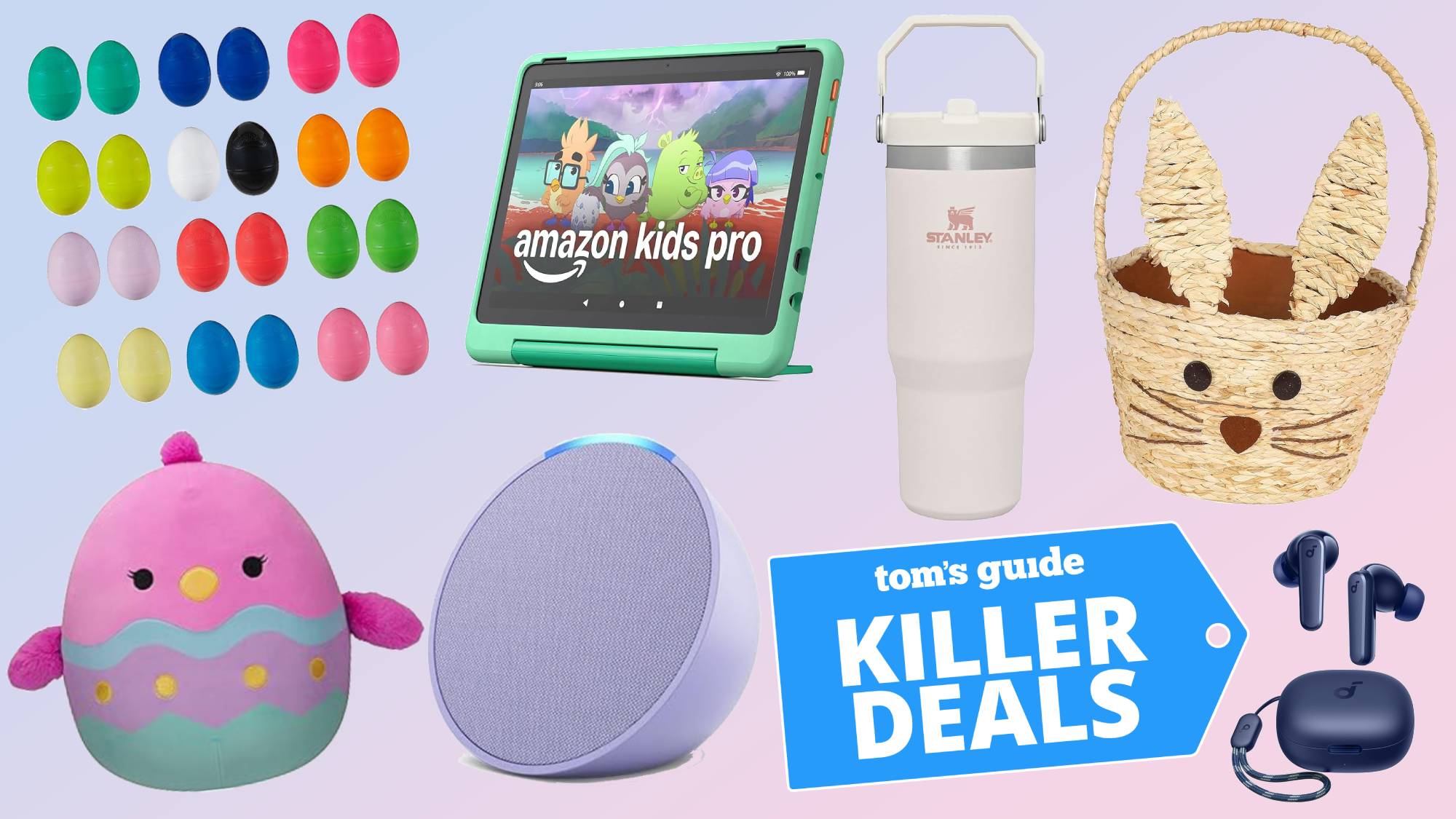I took the PlayStation Portal on a trip — and I’ll never do it again
The PlayStation Portal is not cut out for traveling
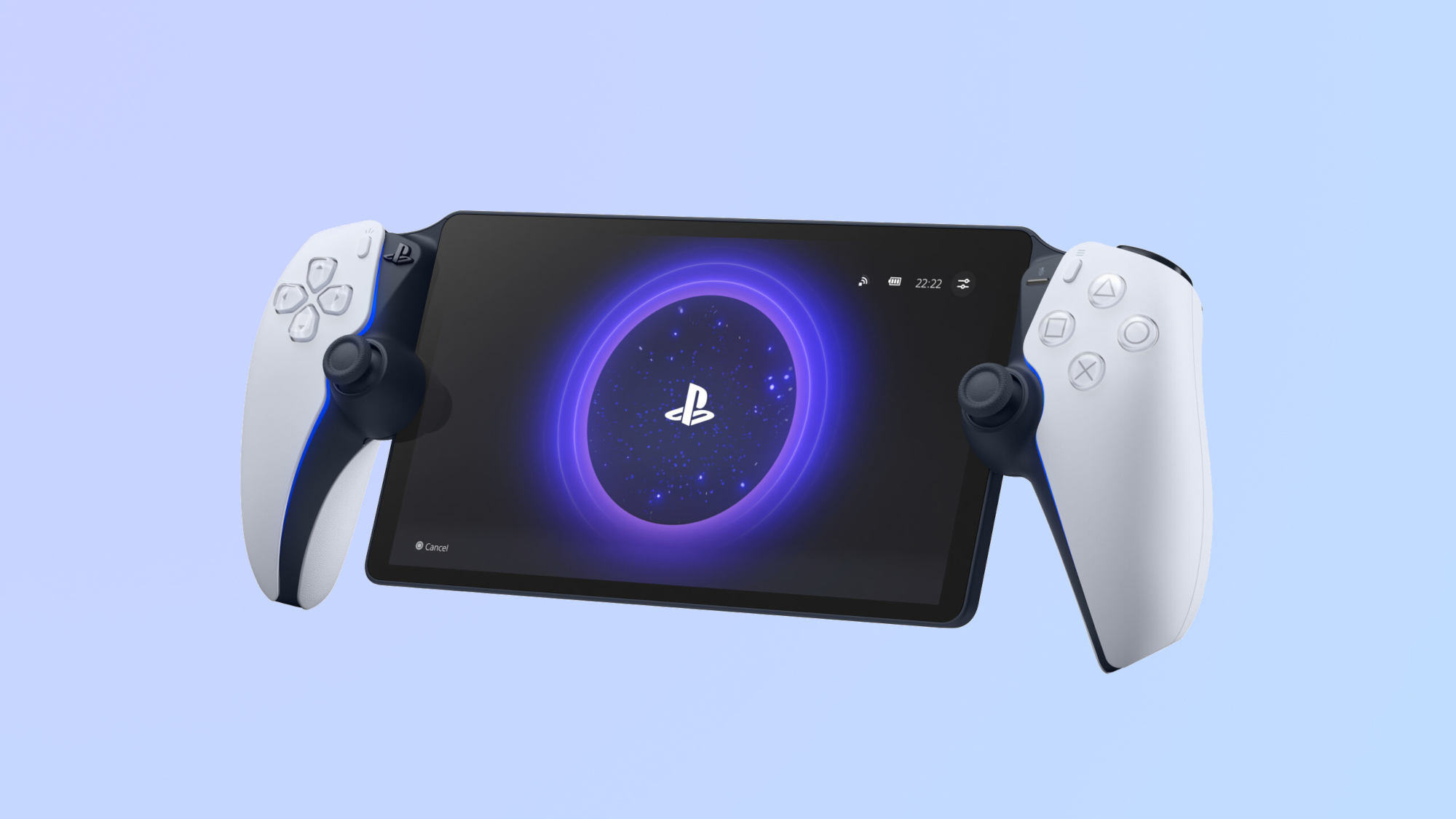
I’m a huge fan of the PlayStation Portal. I’ll admit I was initially skeptical of the $199 remote play device when it was first unveiled, but after going hands-on with the PS5 accessory, I’ve got mostly positive things to say about my experience with it to date.
Last week I was preparing to take a trip down to the Tom's Guide London offices — I’m based up in the (superior) North of England — and decided to bring the PlayStation Portal along with me to see how it would function as a travel gadget.
In summary, my experience was far from ideal. In fact, I had such a frustrating time trying to use the Portal beyond the four walls of my cramped apartment that I don’t think I’ll even take it with me on any future trips.
An important caveat
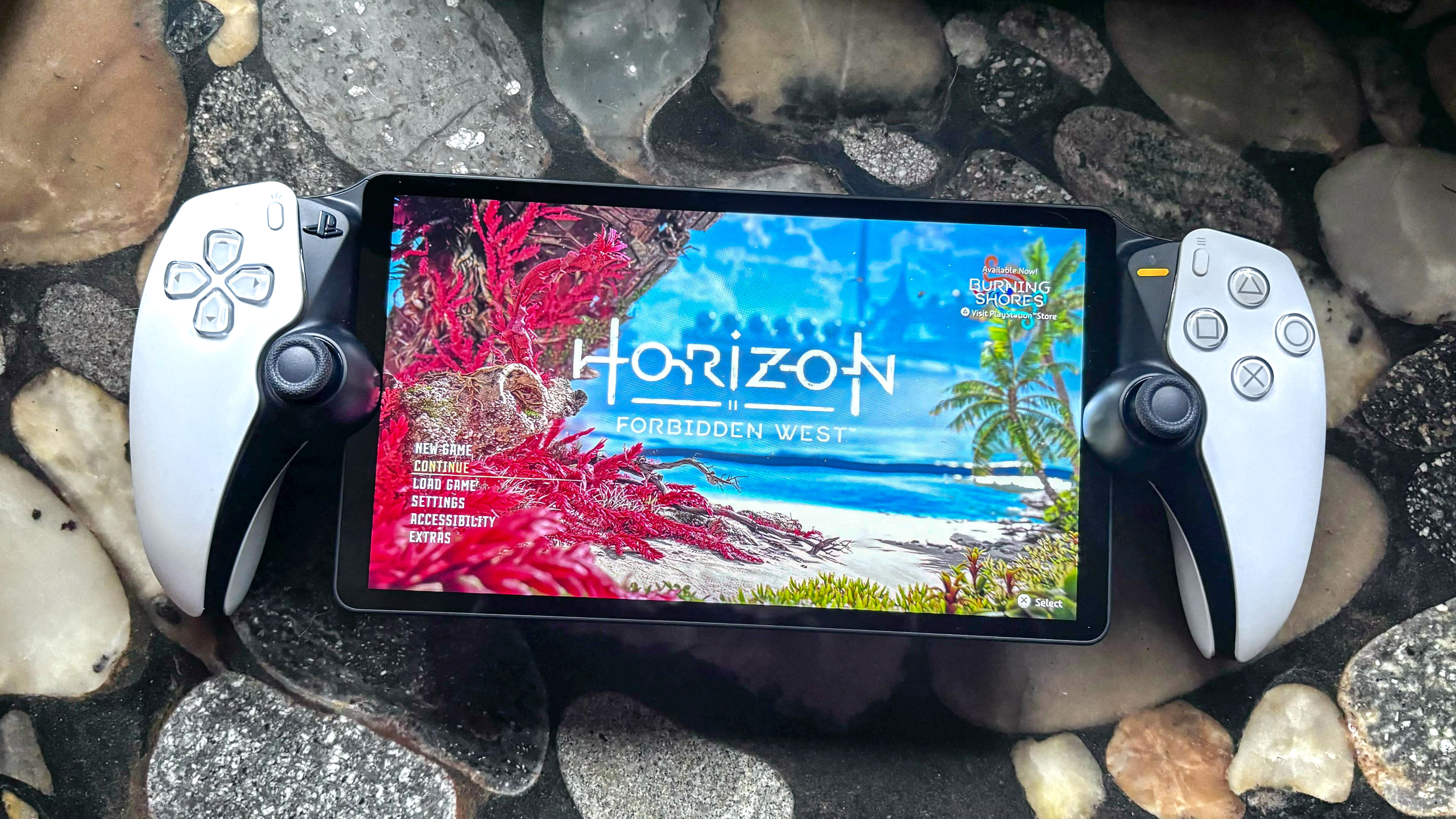
Before diving into my experience using the PlayStation Portal on a trip, I think it’s important to provide some context. The PlayStation Portal is a peripheral dedicated exclusively to remote play. Unlike the Nintendo Switch or Steam Deck, it is not capable of playing games natively. Instead, the Portal allows you to stream your PS5 console over Wi-Fi to its 8-inch LCD display, and that's all it can do.
It’s also important to note that Sony’s official marketing materials and product info don't pitch the Portal as a device suitable for traveling. In fact, the gadget's pre-order trailer and listing page on PlayStation Direct both make specific reference to the device giving “you access to the games on your PS5 console over home Wi-Fi.”
Sony is clearly not pitching the Portal as a gaming handheld suitable for planes, trains and automobiles ala the Switch or Deck. R.I.P. John Candy.
For this reason, I decided it wouldn't be fair to test the Portal in places where you couldn’t reasonably expect to have a strong internet connection. I left it unused during my train journey, and I didn’t pull it out of my backpack while navigating the connection black hole that is the London Underground, either.
The testing described below was out of personal curiosity, not to cast judgment on Sony's surprisingly popular PS5 companion piece.
Testing the Portal in new places
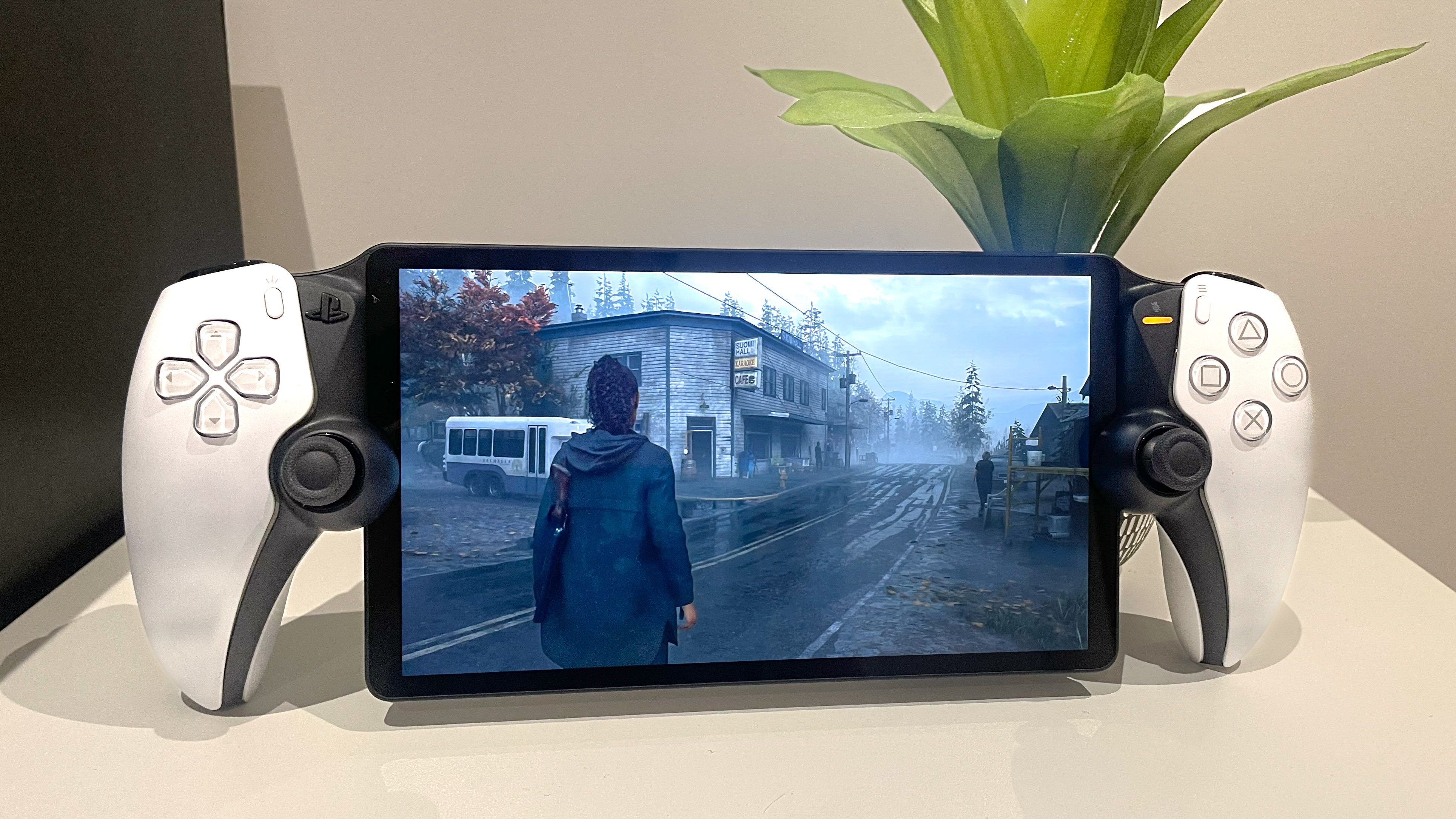
Upon reaching my destination after a blessedly smooth train journey (a rarity these days in England), the first place I decided to test the PlayStation Portal was in my hotel room.
The chain I was staying with offered free Wi-Fi, but I was highly skeptical it would meet Sony’s connection recommendations of at least 5Mbps for use, at least 15Mbps recommended. After a quick speed check, I clocked the free Wi-Fi at less than 1Mbps. As you might expect, this was not even close to strong enough for the Portal to function properly.
However, I did have the option of upgrading to “Ultimate Wi-Fi” at a cost of £5/$6 for 24 hours of access. In the name of science, I bought a voucher code and connected my iPhone 12 for a speed test. I was a little surprised that my speed only marginally increased to 9Mbps (I expected at least 15Mbps for paid Wi-Fi), but this was enough to meet Sony’s minimum threshold, so I was curious to see how the Portal would fare.
This time, the Portal was able to detect my PS5 and after an unusually long wait time for a connection to be made, my console’s home screen appeared in front of me. Huzzah, I thought, time to see if I could squeeze in a few games of EA Sports FC 24 before getting an early night. I pushed the left joystick to scroll through my game library, and nothing happened. I clicked the X button, and nothing happened. I mashed both triggers and still nothing.
The connection was strong enough for my PS5 and PS Portal to speak to one another, but clearly, it wasn’t sturdy enough for button inputs to be transmitted between them. So after a few more minutes spent testing out every single button on the device multiple times, I shut off the Portal and binge-watched a couple of episodes of Batman: The Animated Series on Netflix instead. Not a bad alternative.
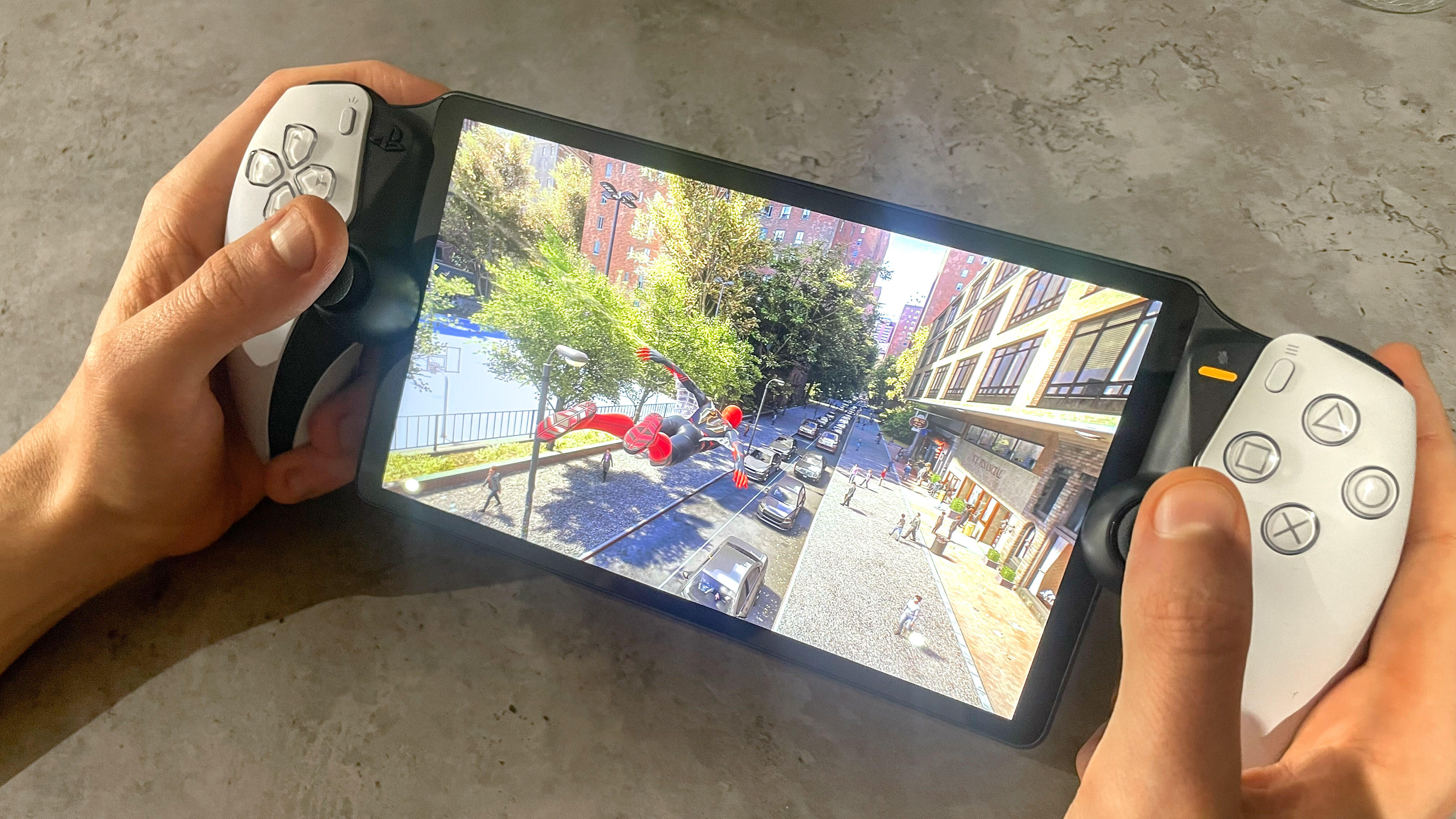
So while the dream of continuing my second Elden Ring playthrough from my hotel room located some 150 miles away from my PS5 console was dead, I wasn’t ready to admit defeat quite yet. I had a real ace up my sleeve: The uber-fast Wi-Fi connection that I’d be able to hook into once I was settled in the Tom’s Guide office.
Much to my delight, a speed check confirmed that the TG office internet greatly exceeded even Sony's upper recommendation speed. The Wi-Fi clocked in at around 80 Mbps. I booted up my PlayStation Portal confident that I was about to have a gameplay experience as smooth as the one I’d been recently enjoying from the comfort of my own sofa back at home. Then I got a connection error. And guess what? The second try yielded the same result.
I attempted to connect at least a dozen times. I subsequently disconnected and reconnected to the Wi-Fi, and restarted the Portal multiple times, yet all to no avail. I got a connection error message on the Portal's screen every single time.
Curiously, I was able to confirm via a FaceTime call with my partner that my PS5 console had remotely switched itself on, and yet my Portal resolutely refused to connect. The devices were speaking, but something was amiss.
The Portal’s biggest hurdle
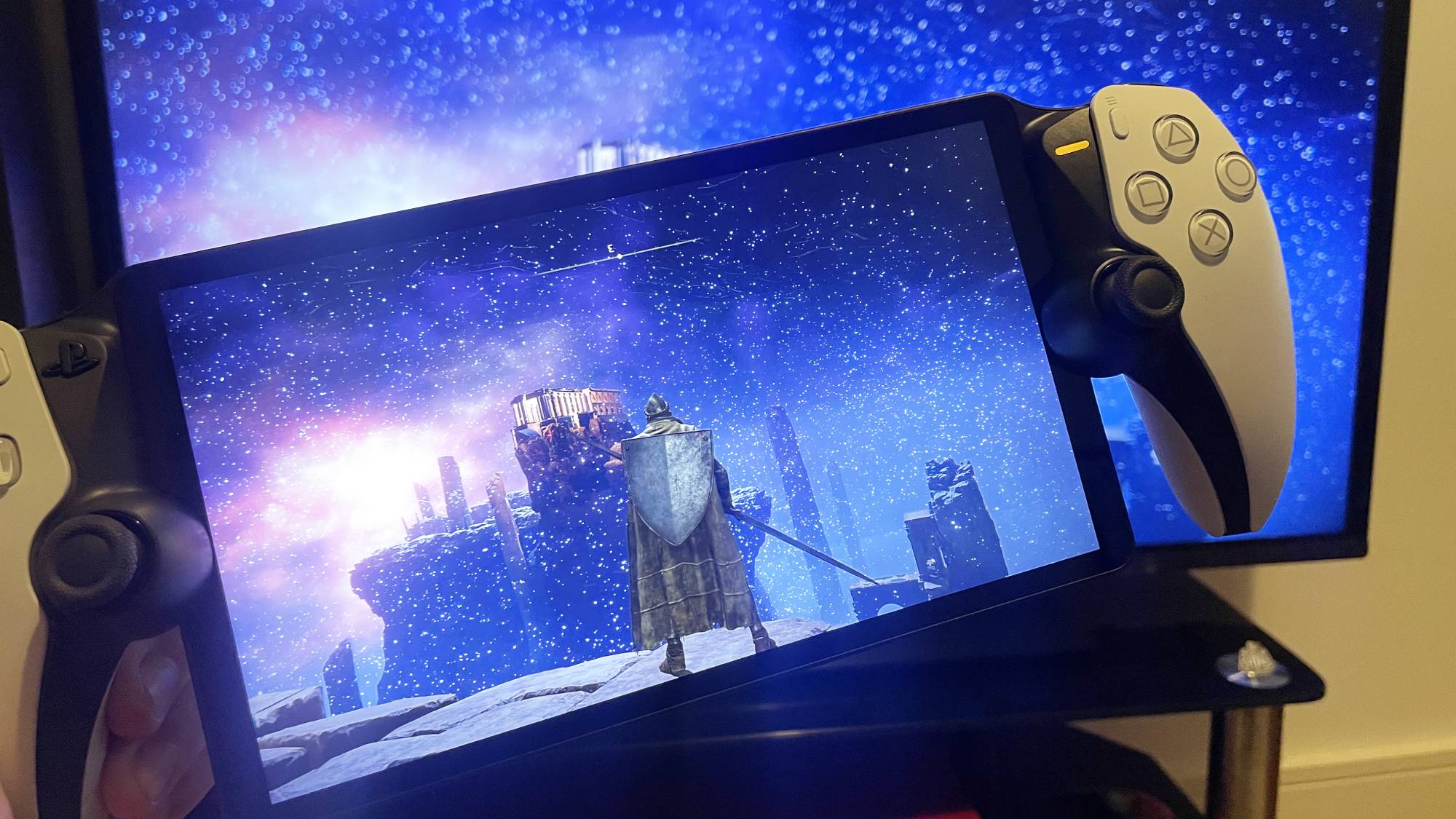
After multiple attempts to play my PlayStation Portal while on my trip — each to varying degrees of success, but none successful — I decided that playing Persona 5 Tactica on my Nintendo Switch for my trip was a much easier option during downtime. Suffice it to say, my PlayStation Portal went back into my backpack and didn't see the light of day again until I returned home a few days later.
While the PlayStation Portal isn't marketed by Sony as a travel device, this experience did highlight its biggest limitation: It’s almost impossible to know how the Portal will react to a particular Wi-Fi connection until you try it out. Based on the speeds I was able to measure, it should have functioned in the office, and yet for some reason, it didn’t (and this is a connection that is regularly used to test all manner of products, from the best Smart TVs to the best gaming laptops).
When it comes to PlayStation Portal, your mileage will vary. I’m fortunate that it works relatively flawlessly in my home (where I have an ultra-fast internet connection and close proximity to my console), but as my colleague Nick Pino found out when he reviewed the device for Tom’s Guide, that won’t be the case for everybody.
But I’m still a believer
Despite my less-than-stellar travel experience with the PlayStation Portal, I’m still hugely enthusiastic about it overall.
I’m more than happy to use it exclusively within my own home. It’s great to have the ability to chip away at some of my favorite PS5 games on the sofa while my partner is enjoying one of her numerous streaming shows that bore me to tears — sorry, Dr. Meredith Grey, your personal and professional drama just doesn’t interest me!
However, if you’re considering buying one this holiday season (if at all possible), I would strongly advise testing a friend’s unit in your own home before committing to a purchase just to make sure the connection environment is suitable enough.
Granted, buying a PlayStation Portal is pretty difficult right now but I’m tracking restocks every single day to help you secure one without having to pay an overinflated price on the resale market. And if you can't wait till it's more readily available you could always opt for a BackBone One which is a great alternative.
More from Tom's Guide
Sign up to get the BEST of Tom's Guide direct to your inbox.
Get instant access to breaking news, the hottest reviews, great deals and helpful tips.

Rory is an Entertainment Editor at Tom’s Guide based in the UK. He covers a wide range of topics but with a particular focus on gaming and streaming. When he’s not reviewing the latest games, searching for hidden gems on Netflix, or writing hot takes on new gaming hardware, TV shows and movies, he can be found attending music festivals and getting far too emotionally invested in his favorite football team.
-
ThePortuGerMerican Hi,Reply
I hope this might help everyone having issues connecting to their PS5 via remote play from outside their home.
Many routers block a lot of traffic coming from the outside in. This was also the case for me and I had to open a lot of ports in my router settings. Once done I had a much better experience playing remotely.
The port opening fixed it mostly for me.
Due to my ISPs DNS I had additional issues connecting to PSN (it worked but latency was really bad for PSN related traffic). A DNS server change (PlayStation Settings) to Google’s servers helped here. Since I have a very good and stable connection using remote play also from outside my home.
Hope this helps
Your PortuGerMerican -
lexnoir It sounds like the author may not be a true techy? If you got a connection error at work my first guess is some sort of filtering or blocking by their firewall or filtering software. As an Information Technology Executive I can tell you my department and many other IT departments block certain traffic (ex., Netflix, porn, etc.), to ensure staff aren't violating workplace rules. Because IT departments are also keenly aware that you can bypass those restrictions with a VPN, we often block VPN protocols as well. This also happens on free publicly accessible WiFi.Reply
I suggest trying again with a high-speed internet connection but one that may not have traffic blocked/limited. Try a Hotspot for example. Then let us know the results. I've been on the fence about a PS Portal so I'd love to hear your results. -
Larry_J Well, in Sony's own words, this is a device intended to be used in your home. And to use Sony's proprietary streaming technology, it needs to be in the same room.Reply
It CAN, but used outside of the home, but again, that's not it's true intended purpose. It's streaming device, not a console. If it were intended to be an anywhere anytime device, it would have been a Vita 2.
If you have to be a "true tecky" or need to go through all these extra steps, then that's not it's intended purpose, as stated by Sony. Outside of the home, I've never seen or heard of any true success stories of streaming from a home device. You want that, to play on the go with a handheld, just get a Steam Deck or a Switch. Unless all you want to do is play on the couch in the same room as the PS5, I wouldn't get a Portal. -
slikhedstrong while i get this is tech journal, this review is solid.Reply
the two other comments offer deep technical troubleshooting and creative problem solving that requires much more fundamental gizmo knowledge than 99.99% of the device's target market will have.
if tech journo can't get it to work at tech journal homebase without fiddling with their wifi settings, if you have to travel into the firmware and jiggle DNS... to a layman it might as well not work.
if you have no problem troubleshooting gear and confidence in your skill, that's for you, and is such a special case it doesn't belong in the review.
i find it audacious to question the bonafides.
the other negative aspects of this device is the need for the ps5 to be on when you're out.
it's fairly useless. must use at home while 5 is on... when i could just be playing myself? -
Cam H Maybe it's a UK thing but I travel for work all over the USA and always have my Portal with me. Never have I had an issue connecting to my home PS5 on my Portal. Yes most wifi connections won't allow me to connect but I use my phone hot spot all the time and never have a disconnect or lag.Reply -
lexnoir I think you all missed the point he was trying to be creative and work outside the intended use case. I'm confident it would work under the right circumstances. But I guess only us tech folks get that because we understand the technology and are often "hacking" workarounds that allow us to do things others might not. I applaud the effort and still think this would work under the right conditions. I understand not everyone wants to fiddle and that's OK. But some of us like to push the boundaries.Reply -
Justtrynabehelpful I think the unresponsive controls are a bug. The same thing happened when I first used it somewhere far from home. I was very disappointed when I got no response, and that was when I dived into setting up port forwarding. After doing all of that, my portal connected much faster, and the connection was stable, but my buttons were still not responding. When I got home, they were still not responding. I toggled the controller's light on/off and also the vibration intensity. This fixed the problem for me, and now I can use it outside of my home and the buttons respond as they should. Try toggling the controller settings next time they are unresponsive.Reply -
crashbdx Well, same here and my ps5 is hard wired at home on 50Mbps internet while i have more thsn 100Mbps wifi where i use the portal. While i can definitely play most games that dont require very tight timing, i sadly only like souls like, currently trying Elden Ring DLC but with the huge input lag its just impossible to dodge fast attacks or enjoy the game. Very desappointing, Ill just sell the portal once back home, hope Sony in future figure out something better than remote play for its next handle.Reply
